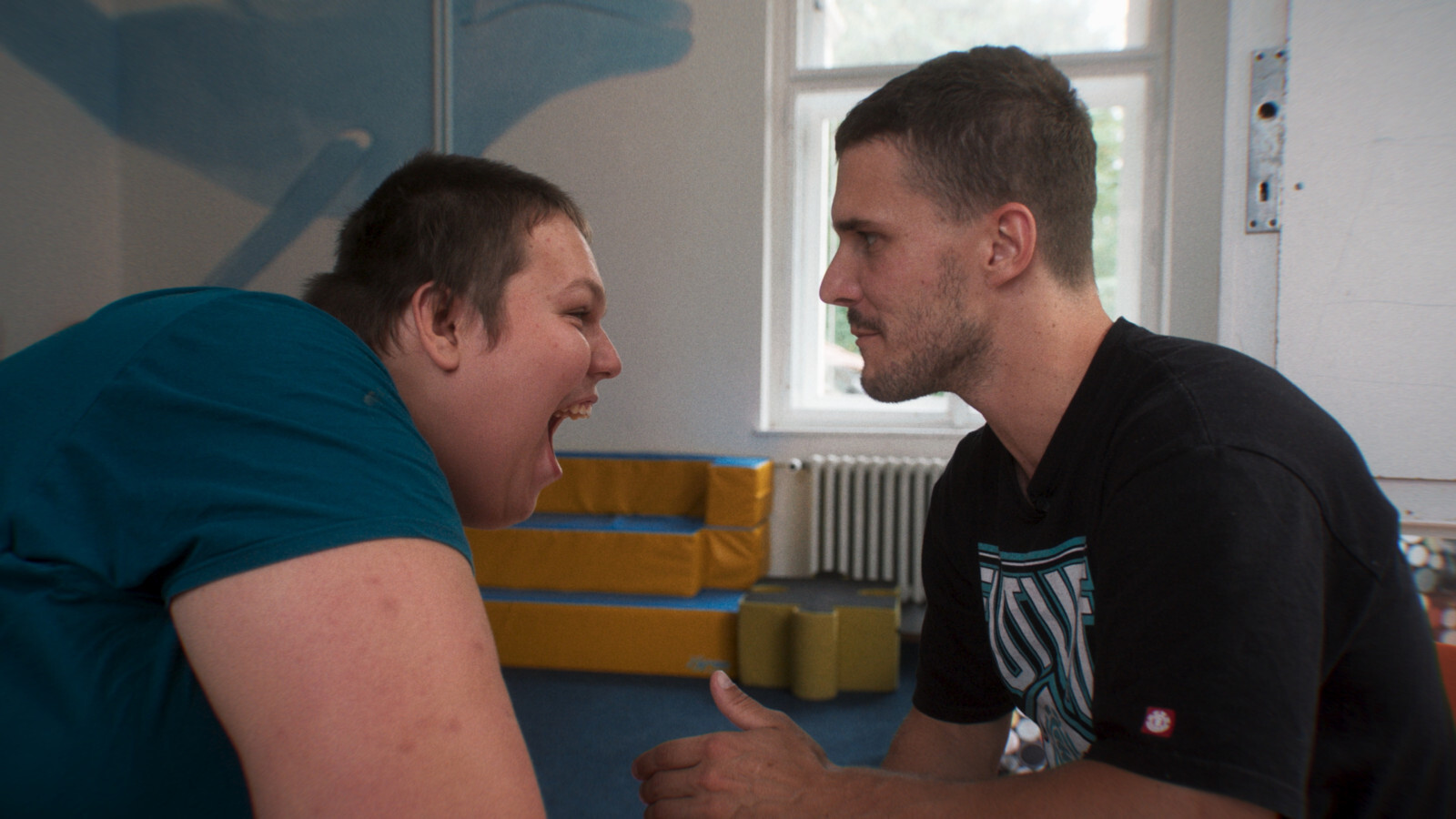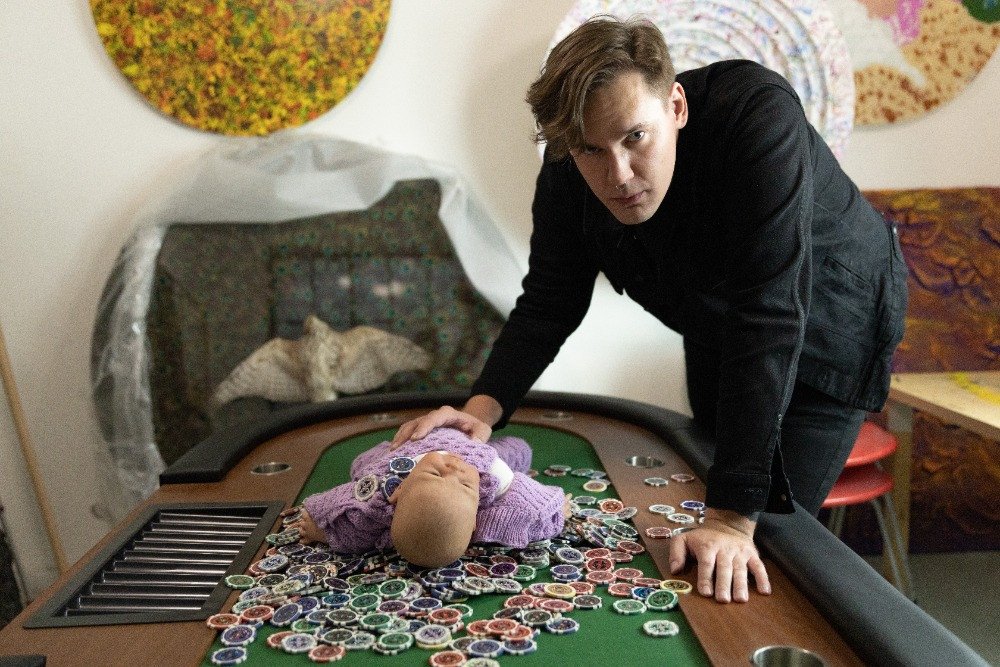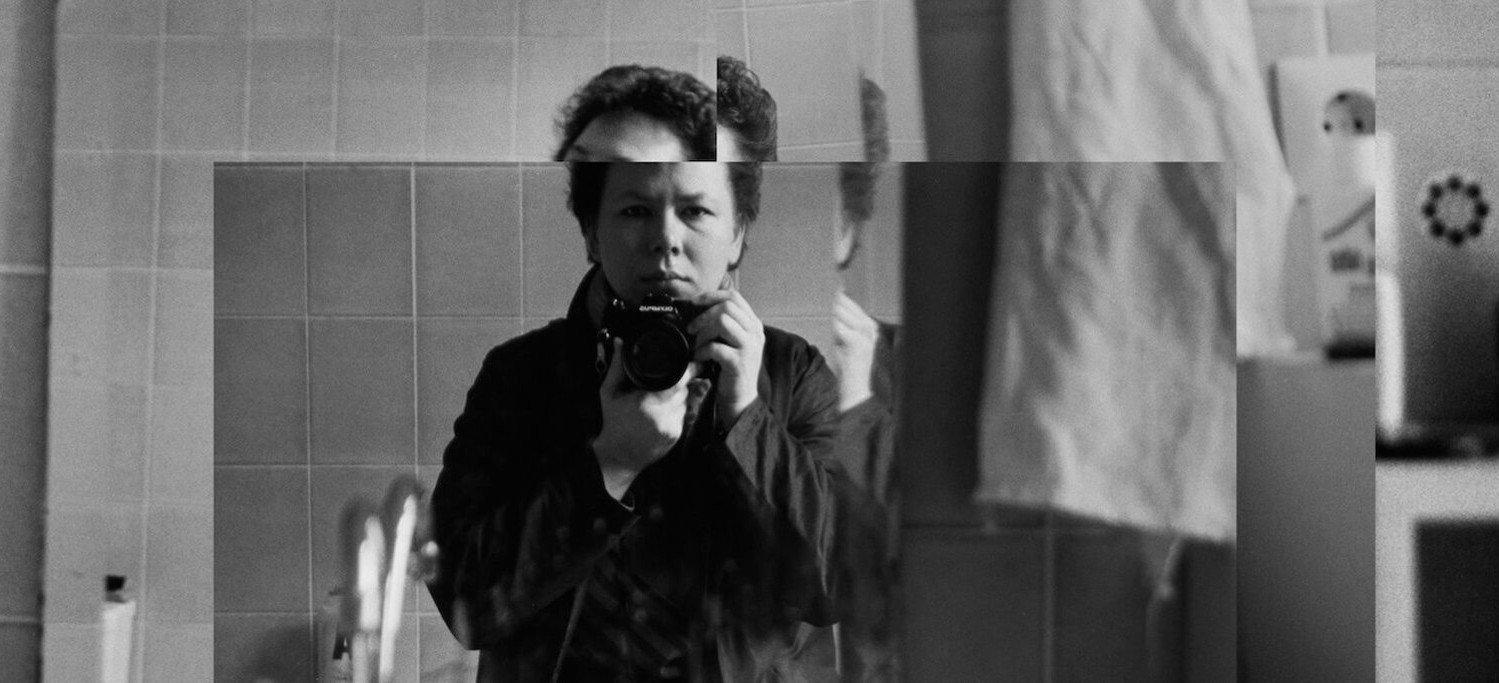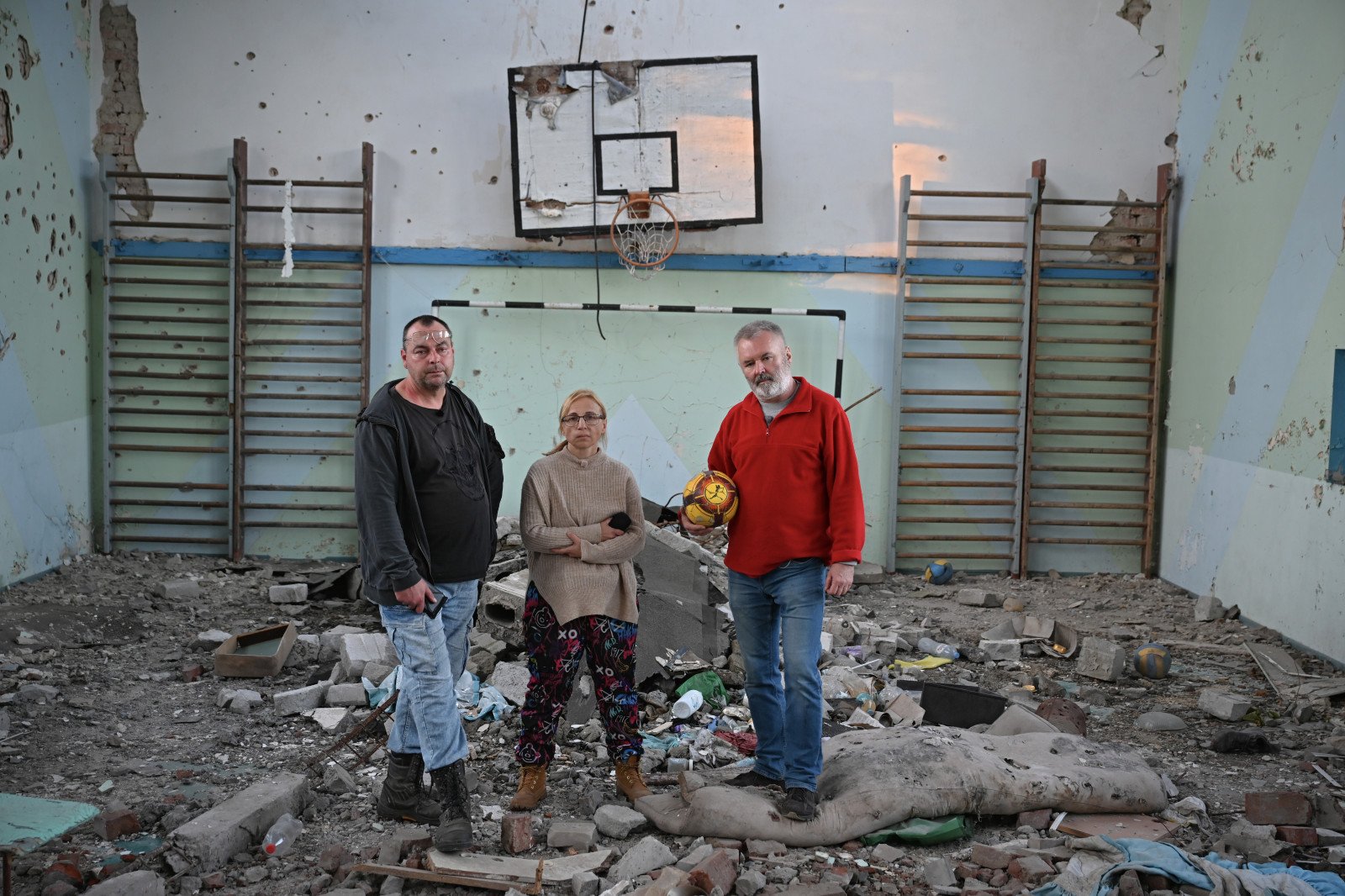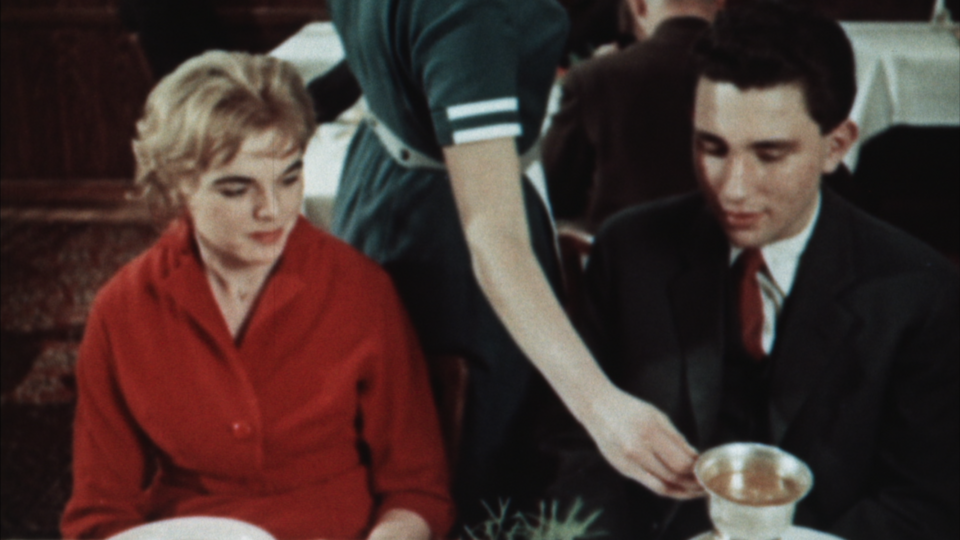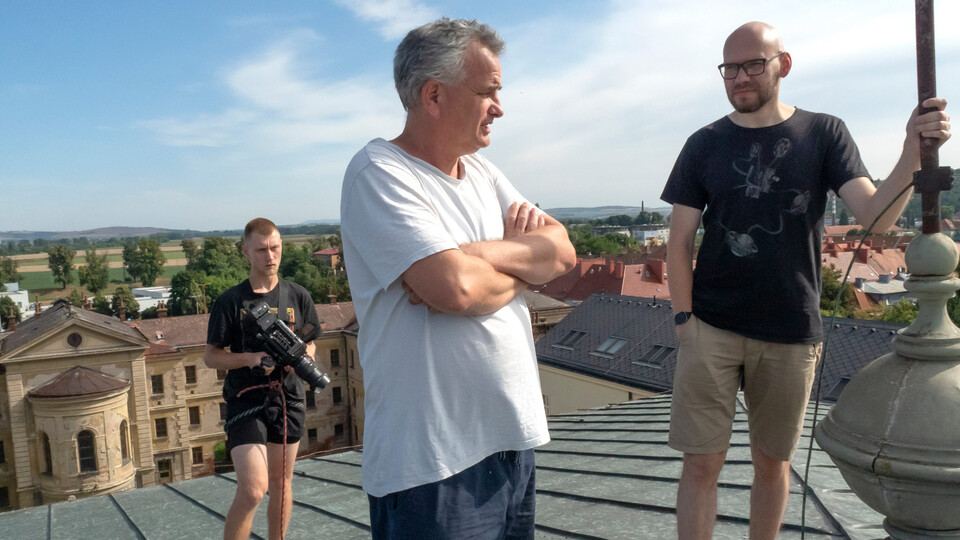Analyse, not illustrate
This year's festival in Jihlava will traditionally also feature a section dedicated to documentaries made by Czech Television. Ivana Pauerová Miloševičová, the section's programmer, explains the thematic and formal trends that can be observed in current television production.
Is there such a thing as a public service documentary?
In society, we’ve reached a consensus that public-service media exist, and I deeply believe in their role. I think they refine and enable a wide range of opinions. The very existence of public service media also gives rise to a form of audiovisual communication that is in line with public service.
And if we agree that there is such a thing as documentary film, which by its very nature also has elements of journalism and reporting on television, then there is also such a thing as a public-service type of documentary production. So the service of documentary film in the public-service media exists. However, it’s still something that we create; it isn’t codified anywhere.
Do you see any trends in contemporary documentary filmmaking?
I see a certain leaning toward hybrid documentaries, which I very much agree with. For example, I’m excited about what Adéla Komrzý is attempting in her new project Úřad práce (The Employment Office).
With very thorough research, she approaches a fictional interpretation, searching for the meaning of the topic and the right form, without limiting herself to what is formally a documentary, an experiment, or a fictional film. And in the end, it will be a film that is more of a documentary than many documentary films.
In other cases, there’s a reaction to the success of other films and the resulting enthusiasm of the audience. When I look at the film offerings, it’s clear that, for example, the film by Klára Tasovská and Lukáš Kokeš, I'm Not Everything I Want to Be, has brought about a certain inclination to return to archival materials and photographs.
In general, I’d like to see more authors stepping off the beaten track. This is also because the market for documentary films is changing or overlapping. The established distribution models, where a film premieres, then goes to television and continues on, are also inevitably shifting. As a result, formats, genres, and the concept of genres are also changing.
Do you see a shift in terms of topics?
Television covers a very wide range of topics, so it’s difficult to pinpoint specific ones. Its structure is based on the fact that it includes distributed documentary films, but also films linked to the common concept of public service. In this case, these are works that relate to current events, anniversaries of important personalities, or significant events. In this respect, television may be a little formulaic for documentary filmmakers, but specific topics are associated with the fulfilment of public service.
Then there are social documentaries, which, in terms of their themes, respond to what is happening and the current social mood. In the Czech Republic, as probably everywhere in Europe, we’re currently seeing an increase in topics related to Ukraine.
Sometimes these are purely Ukrainian topics, and sometimes a Czech element is involved. Looking at the range of films on offer, we see that cinema is also increasingly responding to the nervousness, fear, and sadness caused by the pitfalls of climate change. Unfortunately, I also see a constant stream of portrait documentaries, which are constricted by their fulfilment of the public-service role, but also by the conformism of a certain group of filmmakers.
Can you think of a topic or social mood that documentary filmmaking has not yet covered sufficiently?
For example, I can think of what Klusák and Remunda did in Czech Journal, which was a kind of analysis of a divided society. They tackled issues in which they examined the anatomy of society. It was a situational and critical work, but at the same time, the creators brought in all voices and left a strong auteur imprint.
Robin Kvapil's current Change My Mind is similar in nature; it doesn’t illustrate, but analyses. It goes into a specific situation, and the film really tries to find out “live” why something is happening. Continuing with these themes and approaches could be therapeutic in some ways. It’s a way of working that isn’t about illustration and promoting one's own opinion, but about anatomy, analysis, and research carried out in a creative way.
“Ji.hlava has created an indisputable breeding ground for documentary work.”
What does it mean for a television documentary to be included in the programme of a festival like Ji.hlava?
Ji.hlava has created an indisputable breeding ground for documentary work. It’s a kind of cultural mycelium that spreads subconsciously and consciously. Ji.hlava has created a different concept of documentary film, in which the key words are author, creative concept, inner determination, and decision. Until then, none of this had been “institutionalized.” Suddenly, a group of people arose who respected and cared for this space. And other people who recognized its quality joined them. The environment gradually spread; it isn’t an acute revolution, but something that’s embedded in the consciousness of several generations.

